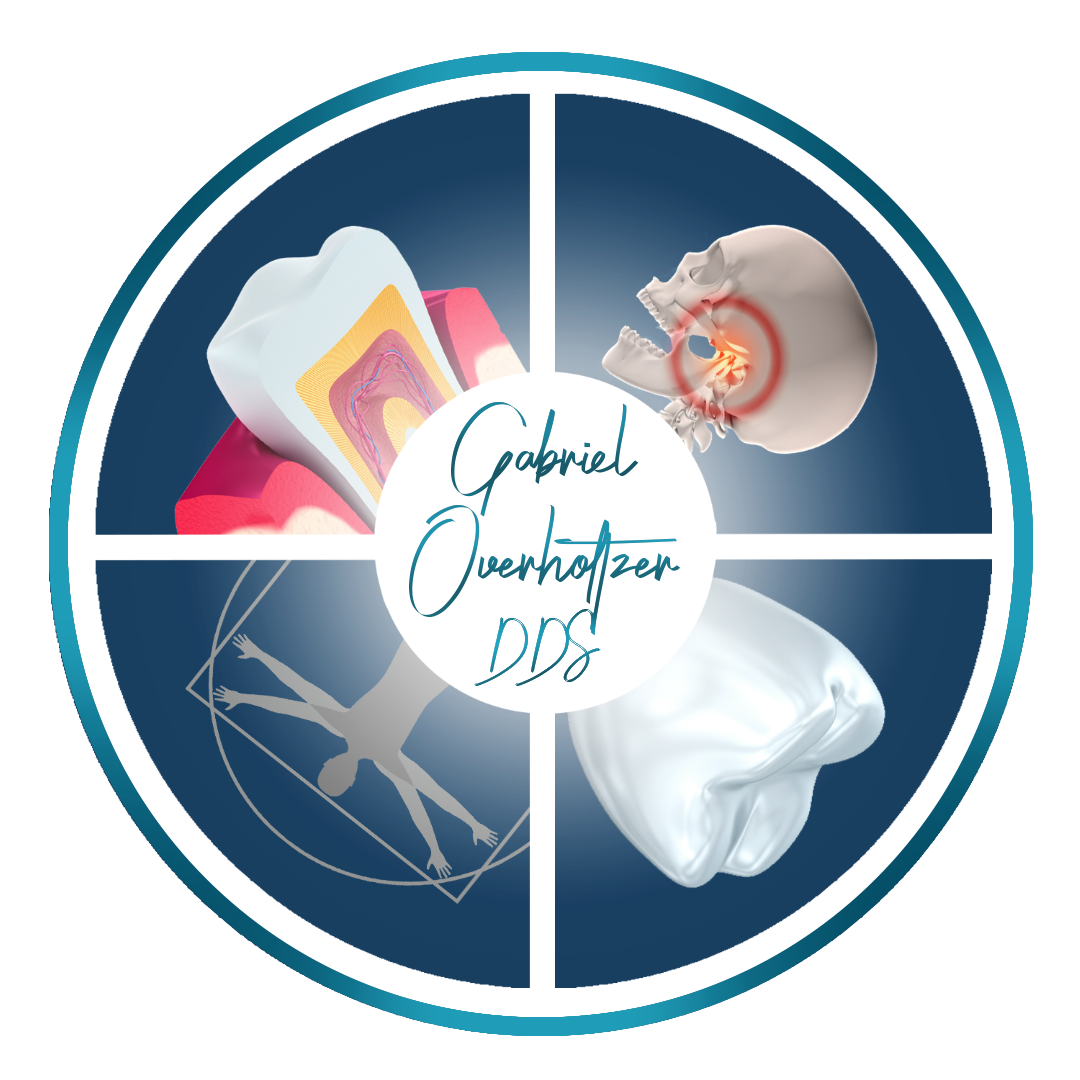In recent years, the field of restorative dentistry in Bishop CA and several other regions across the globe has witnessed a remarkable transformation, thanks to innovative technological advancements. These developments have revolutionized the way dental professionals diagnose, treat, and restore oral health issues. In this article, we will explore some of the cutting-edge technologies that have become integral to the practice of restorative dentistry.
Digital Impressions
Traditional molds and impressions can be uncomfortable for patients and sometimes inaccurate. Digital impressions have eliminated the need for messy molds. Dentists now use intraoral scanners to create highly accurate 3D digital models of the patient’s teeth and oral structures, making the treatment process more comfortable and precise.
Computer-Aided Design and Manufacturing (CAD/CAM)
CAD/CAM technology has significantly improved the precision of dental restorations. It allows for the design and creation of crowns, bridges, veneers, and other dental prosthetics with exceptional accuracy. CAD/CAM systems enable the dentist to design restorations chairside and then send the digital design to an on-site milling machine, which fabricates the restoration in a matter of minutes.
3D Printing
Three-dimensional (3D) printing has gained popularity in restorative dentistry for its ability to produce custom dental implants and prosthetics. Dentists and technicians use 3D printing to create accurate and patient-specific dental models and implant guides. This technology reduces errors, saves time, and enhances the overall quality of restorations.
Cone Beam Computed Tomography (CBCT)
CBCT is a specialized form of 3D X-ray imaging that provides detailed views of the patient’s oral structures. It is invaluable for diagnosis and treatment planning in complex cases. Dentists use CBCT to visualize bone density, nerve pathways, and other critical information to ensure precise implant placement, among other applications.
Laser Dentistry
Laser technology has transformed the way dentists perform various restorative procedures. Lasers are used for a wide range of applications, from gum disease treatment to cavity preparation and soft tissue surgeries. Laser dentistry is minimally invasive, reduces discomfort, and speeds up the healing process.
Teledentistry
The rise of telehealth has also impacted the field of restorative dentistry. Teledentistry allows patients to consult with dentists remotely, enabling initial assessments, follow-up appointments, and consultations for treatment plans. This technology has become especially valuable in situations where patients have limited access to in-person dental care.
Conclusion
The integration of advanced technology into restorative dentistry has vastly improved the patient experience, treatment precision, and overall outcomes. Digital impressions, CAD/CAM systems, 3D printing, CBCT imaging, laser dentistry, and teledentistry have revolutionized the practice of restorative dentistry, offering more accurate diagnostics, streamlined treatment processes, and enhanced comfort for patients.
As these technologies continue to evolve, patients can look forward to even more efficient and effective dental care. Dentists and dental professionals are poised to provide increasingly tailored and personalized solutions, ensuring that the field of restorative dentistry remains at the forefront of dental innovation. Embracing these technological advancements, both patients and practitioners can look ahead to a future of more accessible, precise, and comfortable dental restorations.
